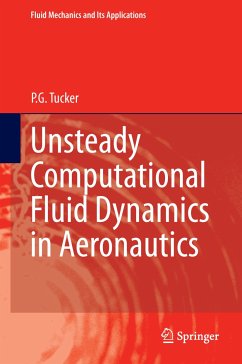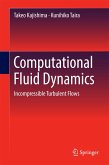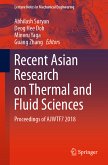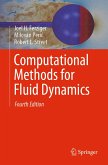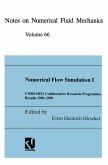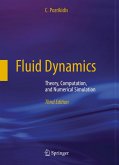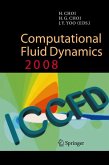This work has relevance to the general field of CFD and LES and to a wide variety of non-aerospace aerodynamic systems (e.g. cars, submarines, ships, electronics, buildings). Topics treated include unsteady flow techniques; LES and hybrids; general numerical methods; computational aeroacoustics; computational aeroelasticity; coupled simulations and turbulence and its modelling (LES, RANS, transition, VLES, URANS). The volume concludes by pointing forward to future horizons and in particular the industrial use of LES. The writing style is accessible and useful to both academics and industrial practitioners. From the reviews: "Tucker's volume provides a very welcome, concise discussion of current capabilities for simulating and modellng unsteady aerodynamic flows. It covers the various pos
sible numerical techniques in good, clear detail and presents a very wide range of practical applications; beautifully illustrated in many cases. This book thus provides a valuable text for practicing engineers, a rich source of background information for students and those new to this area of Research & Development, and an excellent state-of-the-art review for others. A great achievement." Mark Savill FHEA, FRAeS, C.Eng, Professor of Computational Aerodynamics Design & Head of Power & Propulsion Sciences, Department of Power & Propulsion, School of Engineering, Cranfield University, Bedfordshire, U.K. "This is a very useful book with a wide coverage of many aspects in unsteady aerodynamics method development and applications for internal and external flows." L. He, Rolls-Royce/RAEng Chair of Computational Aerothermal Engineering, Oxford University, U.K. "This comprehensive book ranges from classical concepts in both numerical methods and turbulence modelling approaches for the beginner to latest state-of-the-art for the advanced practionner and constitutes an extremely valuable contribution to the specific Computational Fluid Dynamics literature in Aeronautics. Student and expert alike will benefit greatly by reading it from cover to cover." Sébastien Deck, Onera, Meudon, France
Dieser Download kann aus rechtlichen Gründen nur mit Rechnungsadresse in A, B, BG, CY, CZ, D, DK, EW, E, FIN, F, GR, HR, H, IRL, I, LT, L, LR, M, NL, PL, P, R, S, SLO, SK ausgeliefert werden.

